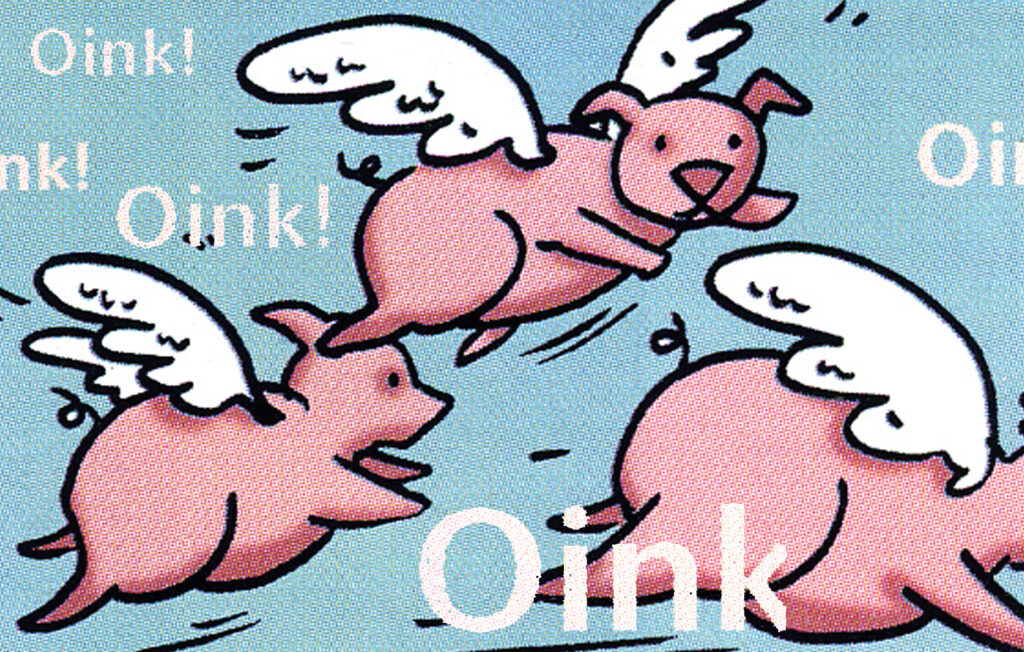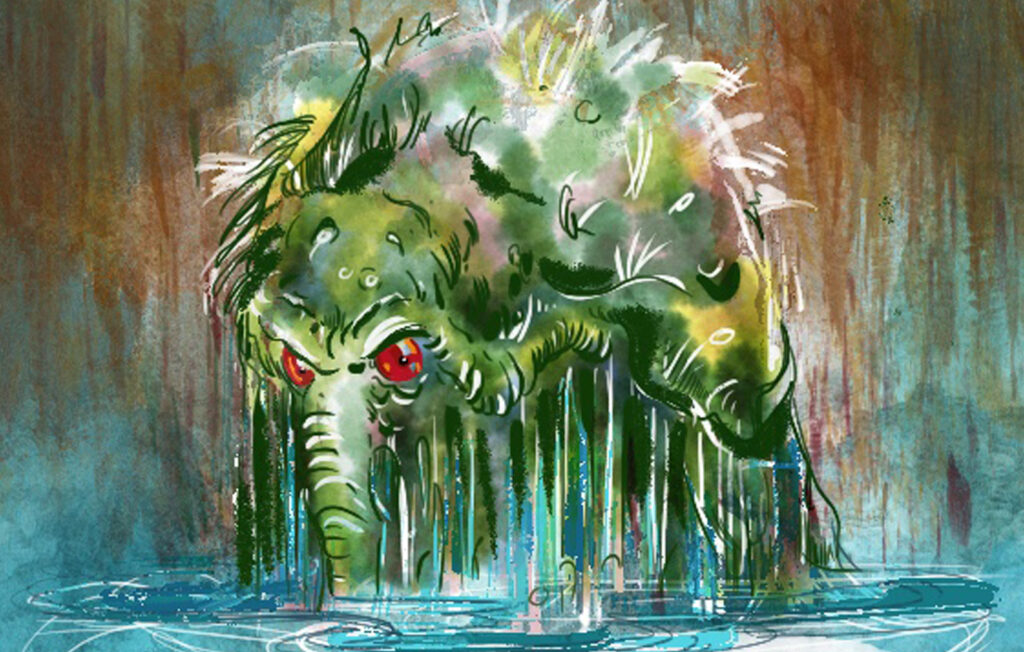Ay? Aye! second thoughts on synthetic art
Four months only from my first thoughts (here) the future is still unclear ~ but isn’t it always?
AI continues to develop. Commercial, Legal and Aesthetic responses to AI continue to spin their wheels.
There are questions about ownership (can a company copyright AI generated material? If not, you can be sure the commercial applications are going to be quite different) and discussions about propriety (is it theft to train the programs on material that was never offered for that purpose by its originator?)
If prior experience holds true, we won’t know that our questions have been answered until some time after everything’s moved on and we’ve almost forgotten what we were asking.
Will we get a consensus any time soon?

But, really, my perspective on this topic is clearest when I look at it from the pragmatic viewpoint of a freelance who makes visual gubbins for a living.
I can well understand the distaste so many commentators have for that living Spitting Image columnist and Art failure Marriott writing in The Times who was cheering the prospect that ‘machines that can write and paint are a welcome rebuff to the prestige enjoyed by artistic types.’ The idea that a wanker like that, working for Murdoch, can champion the overthrow of ‘artistic types’ to put himself on the same side of History as ordinary plebs like ‘a banker or a cleaner’ is laughable.
But twats like that sticking it to artists never understood art to start with and are not worth our attention.
Comics and paintings and poems and songs can be built through automation, but there’s no money in most of that stuff, so Big Business is not going to paddle around in those shallows for very long.
Using AI to take the work and craft out of any artistic endeavour is going to be the exclusive province of the uninformed hobbyist ~ people who were never going to make great art, but will enjoy having a product tailored to their tastes. They don’t need to learn to make art, because they were never going to… they can piss around and enjoy their results the same way a weekend watercolourist can copy Bob Ross and enjoy cosplaying as a painter.
Let them fill their boots.
It’s in the dull, practical uses that this technology looks most likely to impact the creative worker.
Packaged in small parcels, you can see the benefit of a Photoshop Action that instantly does colour flats for line art, or switches colouring on an image from day to night to rain at the click of a button. And then gets adapted by the individual user just like any Filter.
Or roughly lettering a comic page from a prepared script.
Taking a product description and visual assets and showing them on different packaging options, running out instruction manuals in different languages.
Ooh… AI could easily be used to put together a branding manual from logos and ‘philosophical values’ input by a single user, that demonstrates how to represent a company across an endless variety of ‘deliverables’… you’d be able to make the manual a website that allows a user to ask for “Big-Boi Trousers advert for tube station platform” and get an immediate example of where logos, text etc would have to sit according to the brand rules.
Will AI make the role of Branding Departments obsolete? We can only hope.
AI’s best use (as it seems to me just now) will be as a responsive Content Management System.
It’s going to increase productivity of those products that aren’t really products the UK specialises in these days. It’s going to decimate some professions.

The future is murky and there will be a lot of slimey characters making a play for our money or our attention (why, yes that was a cheap excuse to include my sketch of the Man-Thing… it’s my blog!). We’ll have to look out for our friends and colleagues whose employment suffers from the way AI changes the workforce.
But still can’t kill art.